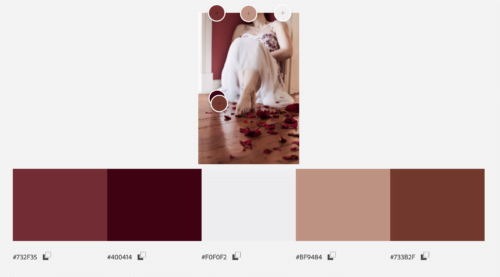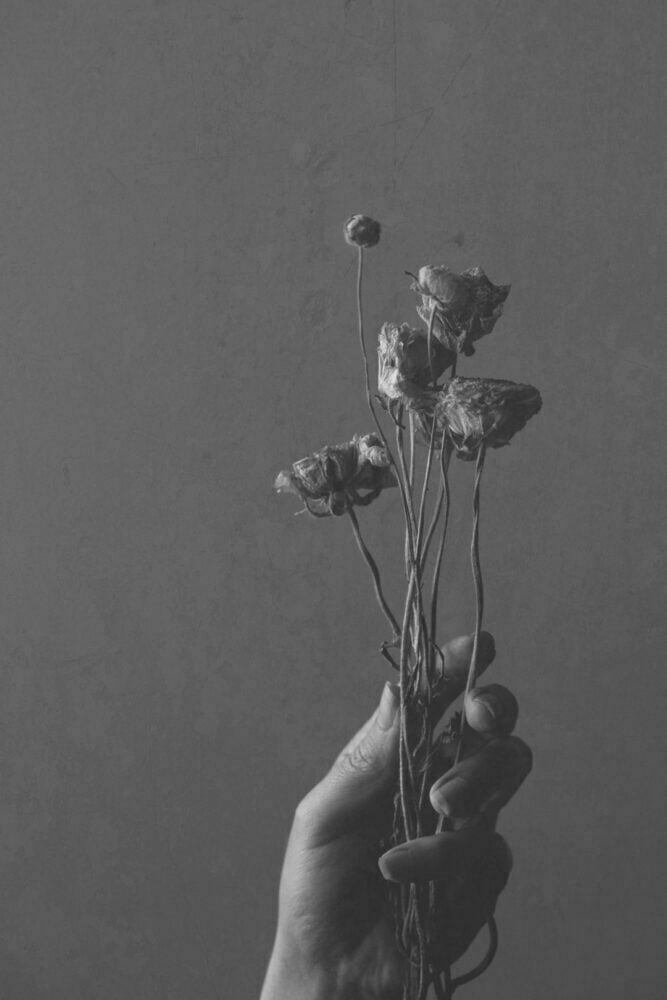Finding inspiration and maintaining a flow of ideas and creativity is one of the hardest parts of being an artist. I know I, and many other artists, feel like inspiration should be easier to capture – after all we are creative beings, seeing and interpreting the world through whatever creative medium we choose. We see things others don’t, that’s what makes our work unique. In reality though, having a creative outlook on the world doesn’t always mean that new concepts present themselves daily. Often there’s a process of collecting lots of little pieces – a feeling, a colour, a mood, an object, a location and storing them all up until the time when those pieces start to fit together.
This is where a visual diary comes in.
A visual diary is a journal of all those pieces. In its simplest form it’s a collection of images, notes, sketches, brainstorming and observations pulled together into a point of reference that an artist uses to build and form their inspiration and future creation.
The benefits of a visual diary
Develop ideas over time
As much as we’d like inspiration to appear fully formed and on demand, in most cases ideas take time to develop. Keeping a visual diary allows you to track the evolution of your ideas, making the connections and putting all the pieces together.
Keep track of progress
As your ideas start to form you’ll also start the process of capturing them, experimenting to see what works and how to make them your own. Keeping these images as part of your visual diary allows you to see how your ideas are evolving and to monitor the growth of your skills as you try new things.
Keep all your inspiration in one place
If you’re anything like me you have screenshots on your phone, photos still on the memory card in your camera, posts saved in Instagram, physical images like postcards or pages ripped from magazines and notes and sketches scribbled on random pieces of paper or across a collection of notebooks. Sometimes it’s not until you see everything all together that a bigger picture starts to form.
How to create a visual diary
Traditionally a visual diary was a physical book with everything stuck, written or drawn in it. When I studied photography, we were encouraged to keep a physical diary so we could easily make notes on why we were drawn to the things we were collecting and what ideas came from them. There can also be something more tangible about physically putting everything together that helps your mind grasp and interpret the ideas – think about writing versus typing notes when studying, where often the act of writing helps the brain to comprehend and remember.
That said, my visual diaries are mostly digital simply because most of the inspiration I collect is in a digital form. We don’t come across as many printed visuals anymore and if we do it’s just as easy to snap a photo. My images are created digitally so this also makes sense in terms of documenting my own work and progress.
The best approach is the one that works for you.
Ideas for keeping a visual diary
Look at a range of visual inspiration
As a photographer the most obvious source of inspiration is the work of other photographers. Don’t forget to look at other visual mediums – painting, illustrations and even advertising can be good visual references.
Take inspiration from other creative mediums
Aside from still images collect inspiration from movies, poetry, books and music. Anything that makes you think or feel something can inspire a new concept.
Practice
In the same way an illustrator sketches regularly to practice their skills and develop ideas, take regular photos that are not intended to be finished pieces. Be an observer, shoot anything that you feel drawn to even if you don’t know why. Over time you’ll start to see patterns and consistencies.
Brainstorm keywords
Break your ideas down into their simplest form first. Come up with a handful of words that capture the concept or feeling you’re moving towards. Then brainstorm lists of other words that relate to these. Sometimes the idea is there and just needs a slightly different spin on it to open up its potential.
Mind mapping is also a great tool. Write your main word or idea in the middle and link it out to everything you can think of that relates to it. Write down everything, even if it seems like something you would never use – sometimes this sparks a new idea or simply serves to eliminate and refine your thought process

Look for elements not complete ideas
Collect things where you are drawn to just one part of them – for example images where you like the tones or focus even if the subject matter doesn’t appeal to you.
Another helpful idea is to create a colour palette from images you collect. Adobe have a tool where you can upload an image and extract a colour palette from it. This can be very helpful in choosing locations, wardrobe or props for your images, or just for generating a mood or aesthetic.

Looking for more ways to generate inspiration? I have a whole category for inspiration-based posts and the things that have helped me find and generate new ideas and concepts in my work.
